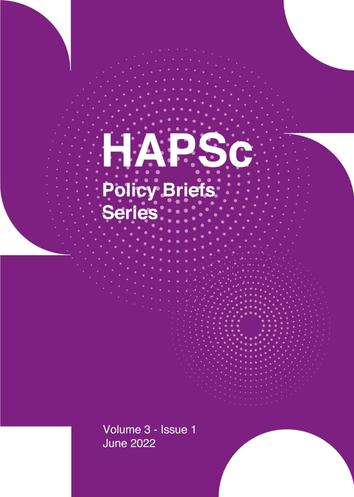Barriers to EU mobility: Facilitating mobility of workers in the EU
Resumen
Free movement of workers within the European Union is the second fundamental principle of the Treaty on the Functioning of the European Union (TFEU) and one of the four freedoms enjoyed by the European citizens. Its main objective is to enhance the living standard of each individual but also of European society in general. However, even though the free movement of European workers provides citizens with plenty of opportunities, mobility rates are particularly low. By all the EU citizens of working age in 2020, only 3.3% resided in an EU country apart from that of their own citizenship in accordance with Eurostat. Under those circumstances, a few policy ideas are provided in order to boost the mobility of EU workers:
- Access to extended and more valid information
- More effective response by the Commission when it comes to the breach of the Directive
- More effective management of petitions
- Reinforcement of SOLVIT
- Adaptation of national legislation to the Directive
- Removal of unnecessary hurdles
- New framework of cooperation between member states
The scope of this policy paper is to delve deeper into the factors that hinder the movement of European citizens and to provide some policy ideas which could facilitate this procedure.
Article Details
- Cómo citar
-
Shkembi, A. (2022). Barriers to EU mobility: Facilitating mobility of workers in the EU. HAPSc Policy Briefs Series, 3(1), 199–205. https://doi.org/10.12681/hapscpbs.31009
- Sección
- Articles

Esta obra está bajo una licencia internacional Creative Commons Atribución 4.0.
Authors retain copyright and grant the journal right of first publication with the work simultaneously licensed under a Creative Commons Attribution License that allows others to share the work with an acknowledgement of the work's authorship and initial publication in this journal.


